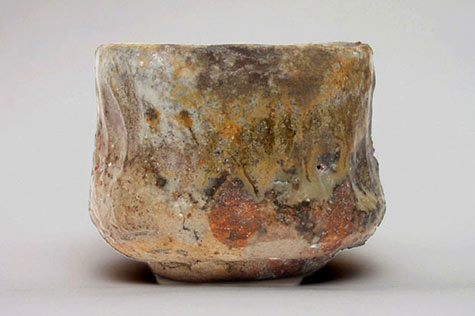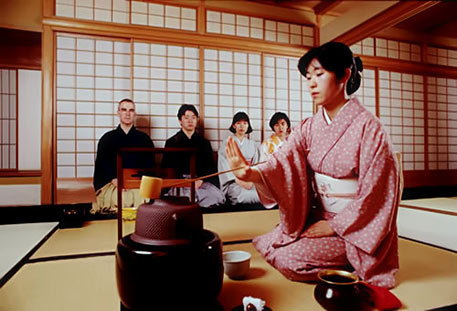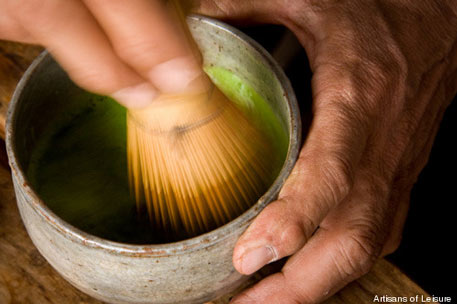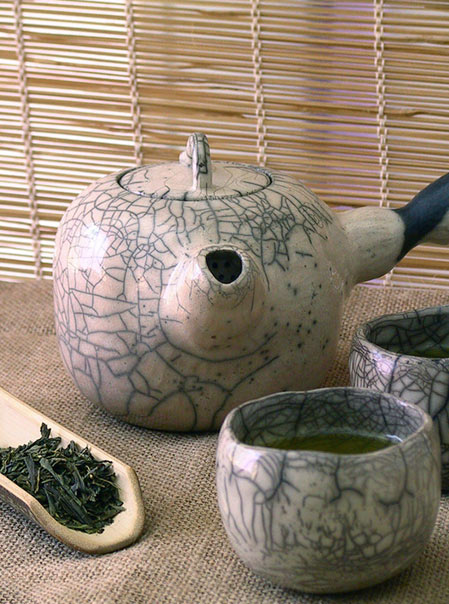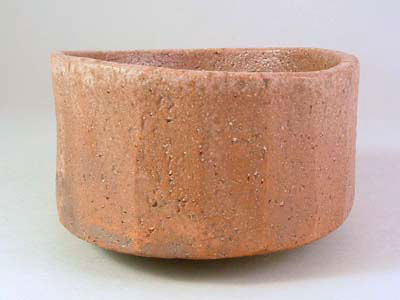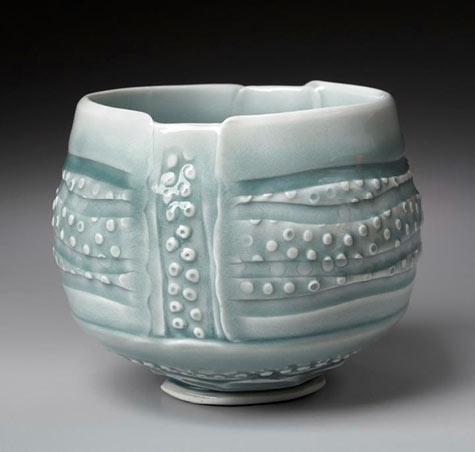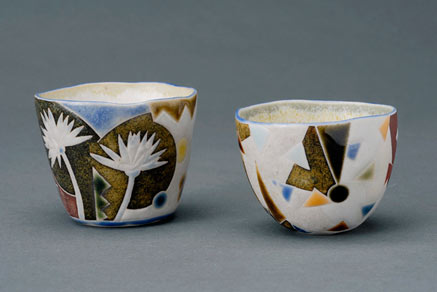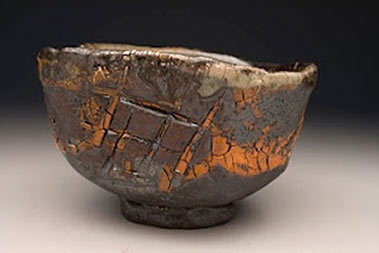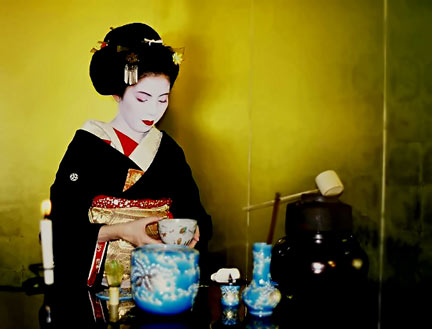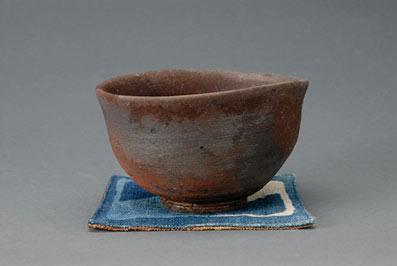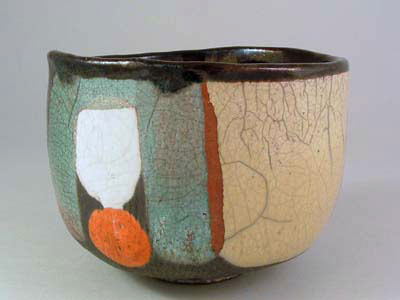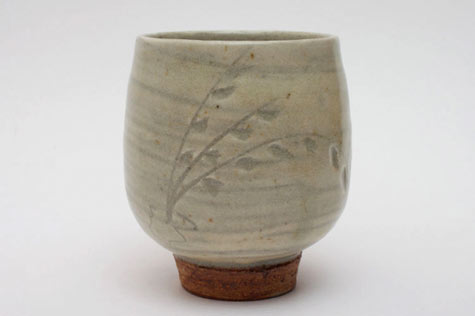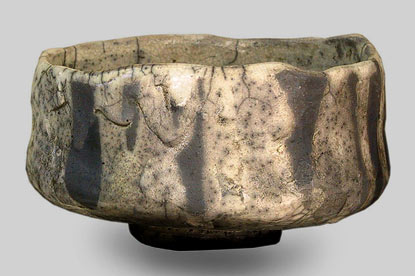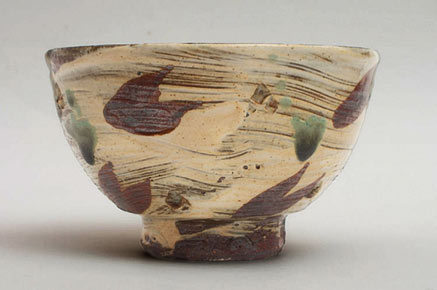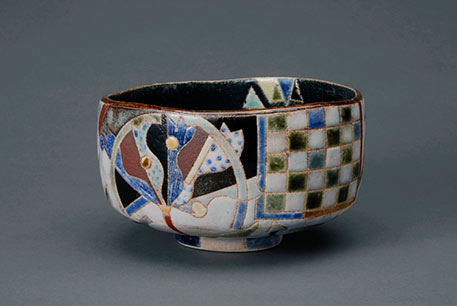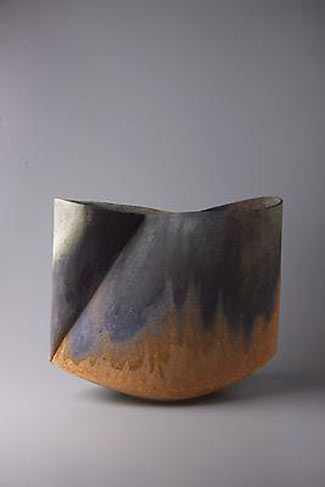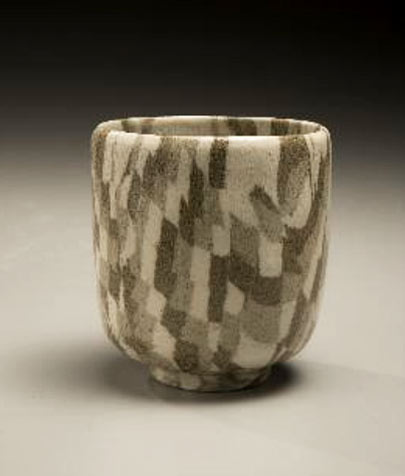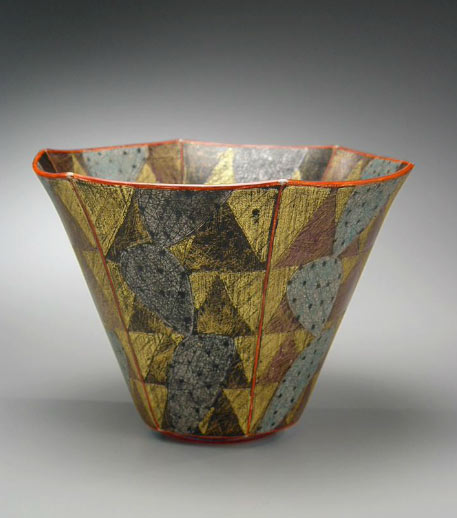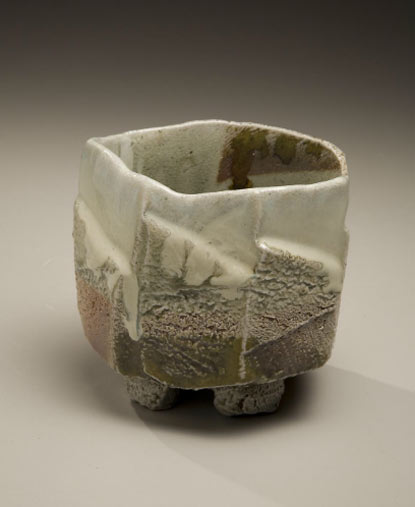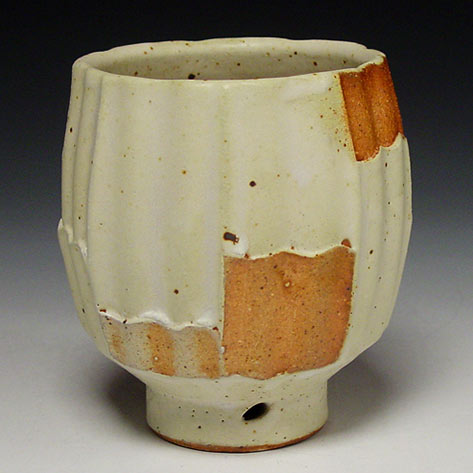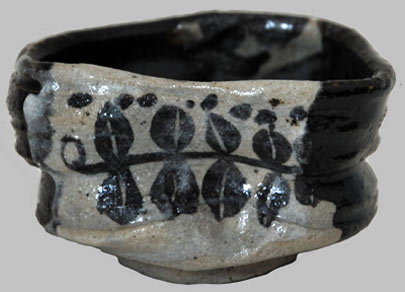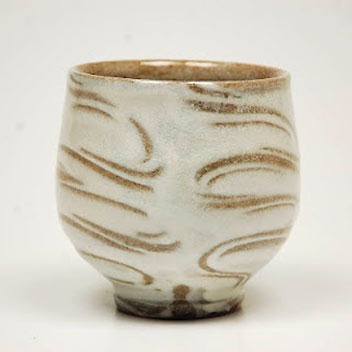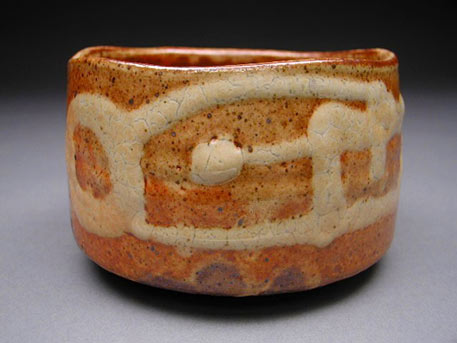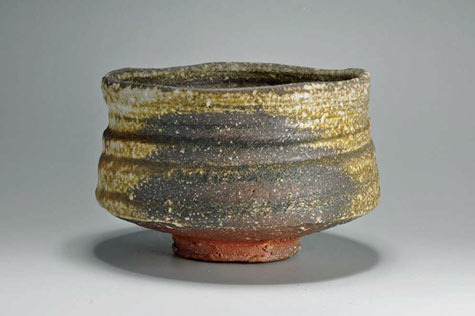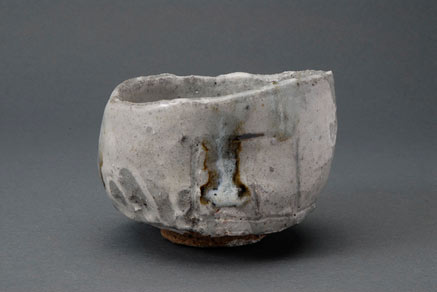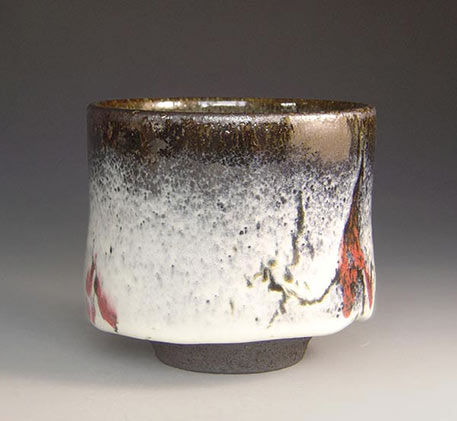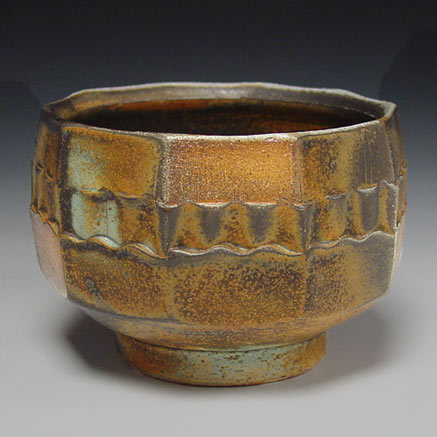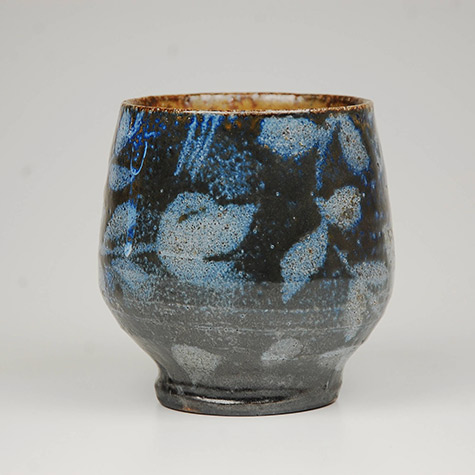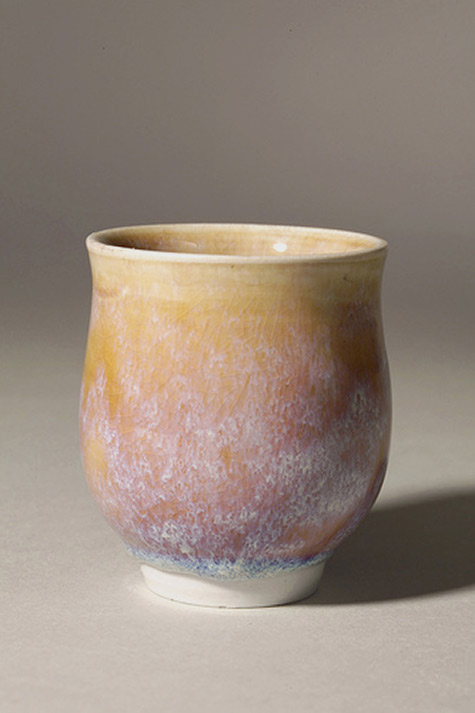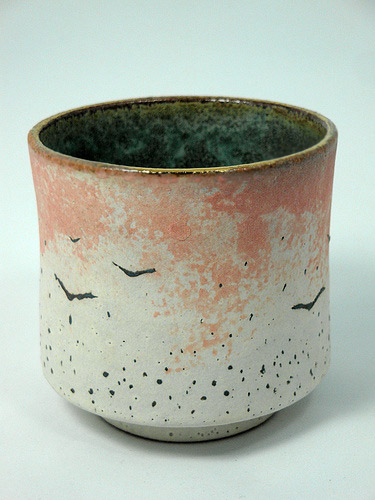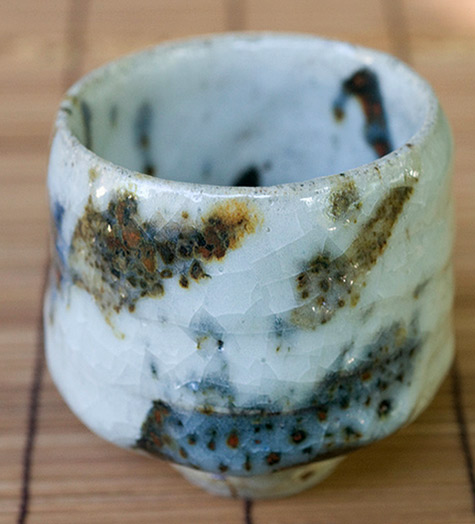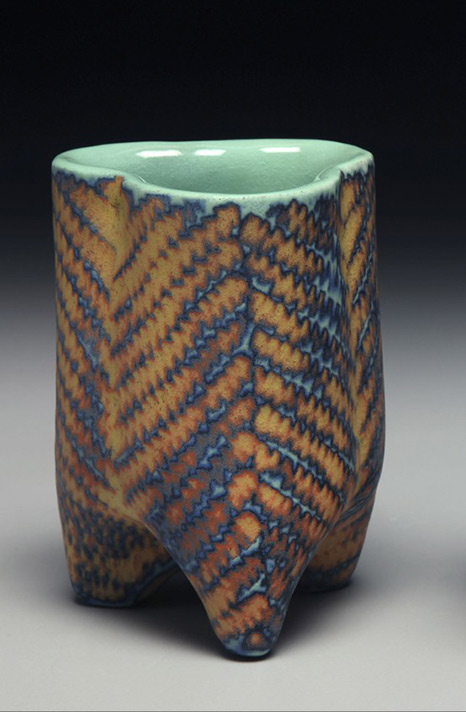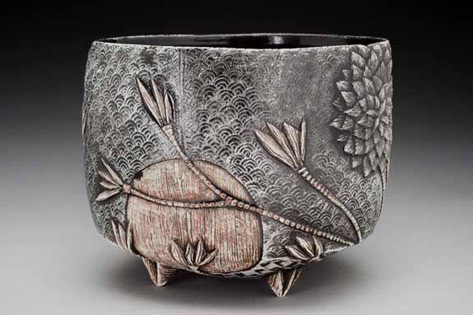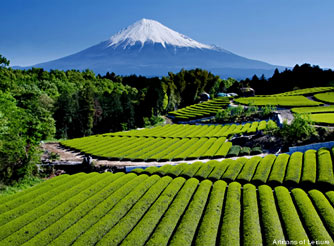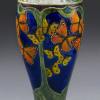” In all things, whatever they are, the finish of every detail is not desirable:
one that holds the attention is unfinished ” ( The Book of Tea – Kakuzo Okakura )
±
This statement really encapsulates the main concept of Wabi Sabi, which is essential in the creation of the ceremonial Chawan ( tea Bowl ). The deliberate adherence to an imperfected form during the making of the Chawan and its dedicated use in the ritual of the Japanese tea ceremony, has been the most influential in the promotion of this concept in Japanese culture.
The ceramic objects reflect, more than any other aspect in the tea ritual, the spirit of the Cha-Do (Way of Tea), based on the design aesthetic of Wabi Sabi . Wabi – ( Wa: Harmony – Bi: Beauty – “Beauty of Harmony” ). Sabi – represents the beauty that can evolve with age. The changing of appearance with usage reflected impermanence, always a condition that was contemplated in the Zen philosophy. Raku was chosen for the creation of the Chawan due to the inherent unpredictability in its production. Even a Pottery Master had to relinquish control and allow the alchemy of Nature, combined with a humble servant, to determine the result. As the non symmetrical form was essential, the Chawan was always crafted by hand. The continual rotation of the bowl in the hand was believed to enhance the spirit of the creator in the object. Also a simple shape was favoured to evoke a serene appearance.
Sen no Rikyu, the most renowned figure in the history of the Japanese tea ceremony, recognized the connection between Zen and the tea ceremony and synthesized many of the aesthetic elements of the tea ceremony in the 16th century. Rikyu’s legacy has been long lasting, and his summation of the essential principles of the tea ceremony–wa-kei-sei-jaku (harmony, respect, purity and tranquility)–is a common inscription on scrolls decorating the chashitsu (tea room). From its refinement in the 16th century, the tea ceremony has become one of Japan’s most interesting and enduring artistic traditions. More than a ritual for preparing and drinking tea, the tea ceremony is a means to aesthetic appreciation and social interaction that has had a profound influence on Japanese art, architecture, gardens, cuisine and philosophy. All celebrated gardens in Japan were originally laid out by tea-masters.
What are the distinguishing features of a Chawan :
The main one is the curving interior wall at the bottom. A functionality which is needed to allow the Chasen ( bamboo whisk ) to reach all the corners when mixing the matcha ( fine powdered green tea ). A smooth interior is preferable so as not to damage the Chasen. As the Chawan has to be handled with one hand in the Chadou ( tea ceremony ), a bowl that is nicely balanced, isn’t too heavy, and has a foot that can be easily gripped, is desirable. A Chakin ( fine linen cloth ) is used to wipe the top edge of the Chawan, so this needs to be smooth, along with the comfort of drinking from a smooth surface. The Chawan is different than an everyday tea cup, known as a yunomi, which is generally used anytime for other kinds of teas such as sencha or bancha.
Chawan – Jay Michael Hines
Great Water Ceramics
Celedon Dot Tea Bowl – Marion Angelica
Satoshi Asano
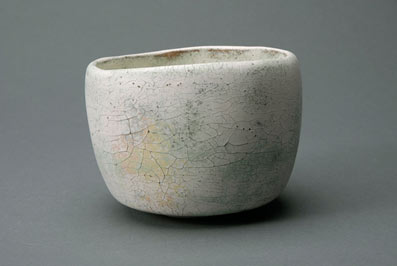
Aki Katayama
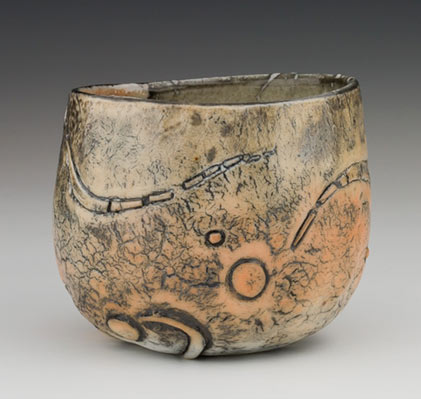
Tea Cup – James Whiting
Adam Yungbluth
A Geisha serving tea at a Cha-Dou
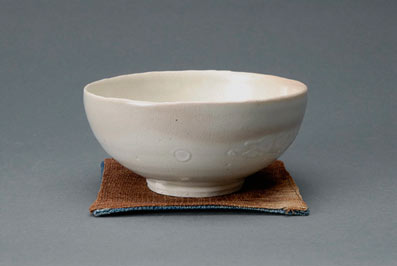
Jun Akiyama
Jun Akiyama
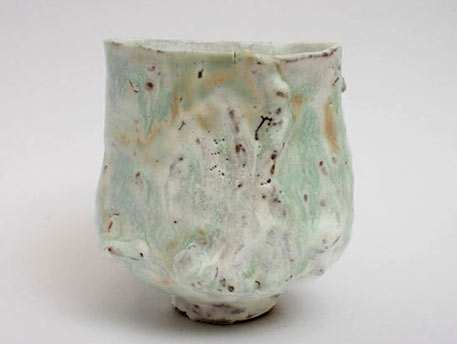
Ceramic Tea Bowl – Ashley Howard
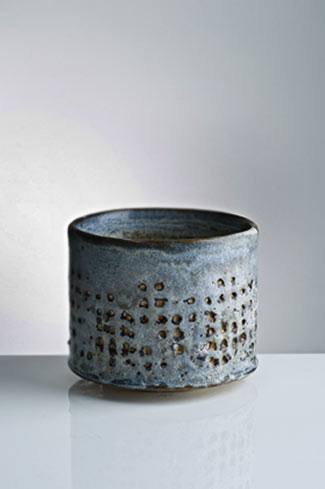
Gary Wood
Chawan – Jay Michael Haynes
Red and black Chawan
Ceramic Yunomi – Mark Griffiths
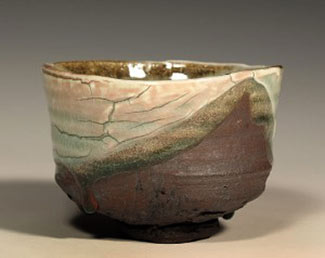
Tea Bowl – Margaret Curtis
Bamboo in Kyoto
Chawan
Jim Malone
Satoshi Asano
Mihara Ken
Mirviss Galleries
Matsui Kôsei – ( 1927 – 2003 )
Maeda Masahiro
Nishihata Tadashi – Tamba ware
Teabowl – Jeff Oestreich.
Tomonori Koyama
Swipe Yunomi – combed kaolin slip
copper glaze/salted
( sawdustanddirt.com )
Shino Chawan – Michael Coffee
Shigaraki Chawan
Ryoji Koie
Stoneware yunomi with chun glaze over tenmoku and copper red glaze decoration. – Peter Sparrey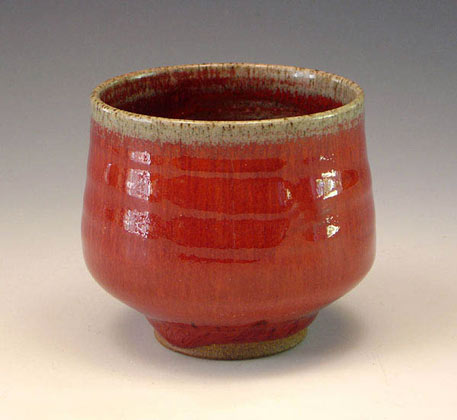
Stoneware Copper Red – Peter Sparrey
( Studio Tea Bowls )
Jeff Oestreich.
Blunomi – black slip over white slip/wax resist,
salt glaze
Porcelain yunomi in pink mottled glaze
( Celadonsusan -Flickr )
Seagull cup 2 – Olia Lamar
Stoneware Teabowl Shino Glaze – Yolande Clark
tpotginkgo.blogspot
Micah Sherrill cup
Sarah Heimann – carved and incised cup.
Mount Fuji Tea Fields

